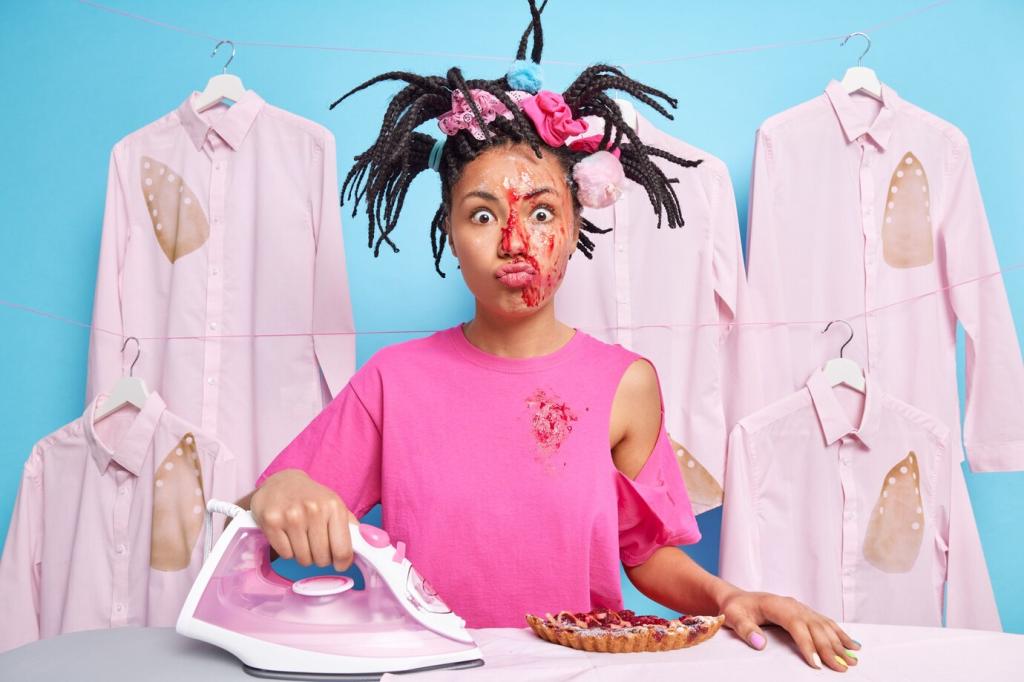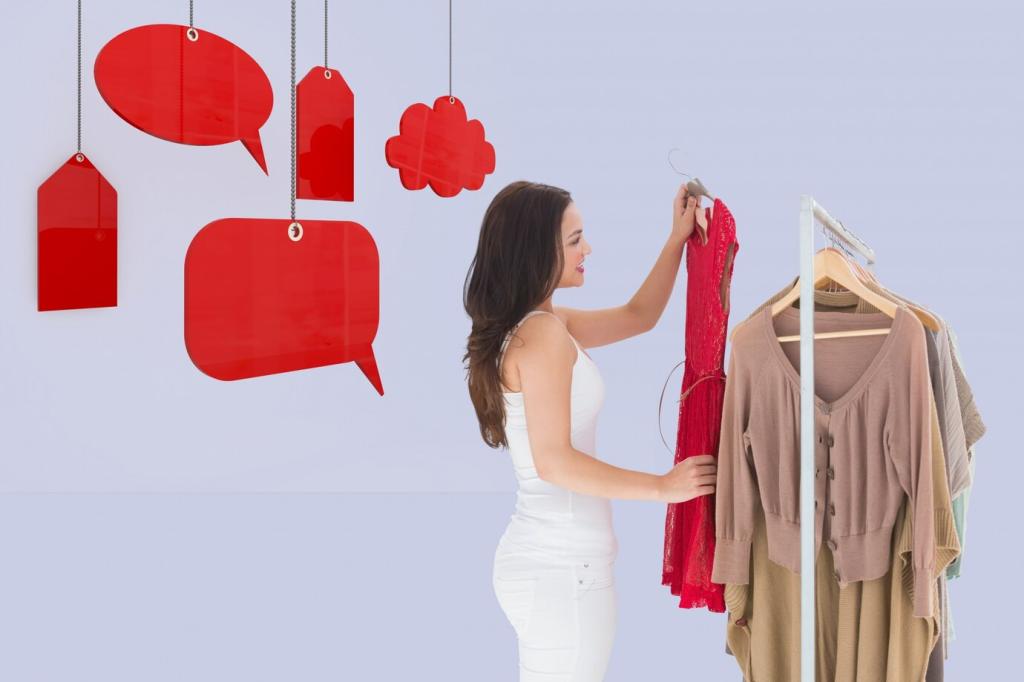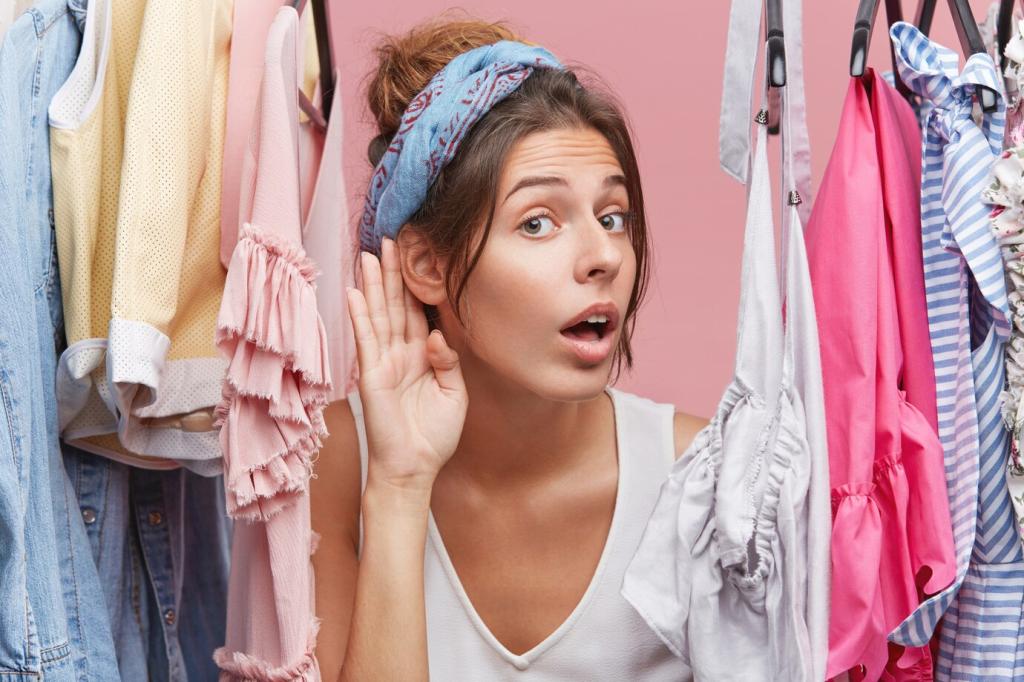Wedding Guest Attire: Dos and Don'ts
Selecting an outfit as a wedding guest can seem daunting given the variety of dress codes and expectations. Choosing what to wear isn’t just a matter of style—it’s also about respect for the couple’s wishes and the tone of their special day. This guide breaks down the essential guidelines to help you make confident and appropriate choices when attending weddings. By understanding traditional rules and modern expectations, you can ensure that you look your best, avoid fashion faux pas, and focus on celebrating love and unity in style.
Understanding the Invitation
Dress codes can vary from casual to black-tie and even creative themes, making them sometimes confusing for guests. When an invitation specifies a dress code, it sets clear expectations. Black-tie usually means evening gowns for women and tuxedos for men, while cocktail or semi-formal calls for slightly less formal attire. Casual weddings, often held outdoors or during the day, allow for a more relaxed approach but still require smart, polished outfits—jeans and overly informal wear are still unsuitable. If you’re ever in doubt, err on the side of being slightly overdressed rather than underdressed.
The venue provides significant insight into appropriate attire even if the dress code isn’t stated outright. A wedding held in a grand hotel ballroom suggests formal wear, while a beachside or garden event leans toward lighter, more comfortable fabrics. Consider also the time of day and local climate when selecting your outfit. Outdoors, you’ll want suitable footwear and breathable materials, while indoor, upscale settings invite more sophisticated styling. Always research the venue’s typical atmosphere and facilities before deciding on your final look.
Cultural elements often play a role in wedding attire, especially for multicultural ceremonies or destination weddings. Sometimes traditional garments or respecting specific colors are indicated or expected. For instance, some cultures embrace vibrant colors, while others may associate certain colors like red or black with mourning or inappropriateness. Be mindful of any suggestions or requests made by the couple or their families regarding these customs, and when in doubt, politely inquire ahead of time.

Previous slide
Next slide


Previous slide
Next slide
Choosing the Right Shoes
Selecting shoes to match your outfit means considering factors like venue, dress code, and personal comfort. For outdoor venues such as gardens or beaches, avoid stilettos or fragile materials that might sink into grass or sand. Indoors, you have more leeway with elegant footwear. Comfort is crucial—you may be on your feet for hours during ceremonies and receptions—so ensure your shoes are broken in and manageable for dancing. Stylish, well-kept shoes that you can walk in confidently enhance your overall ensemble without overshadowing the look.
Keeping Accessories Tasteful
The right accessories can elevate your attire, but restraint is key. Choose elegant jewelry, clutches, belts, or shawls that complement rather than dominate your outfit. Overly large statement pieces may attract more attention than intended and can seem inappropriate for the tone of the event. Aim for a balanced, coordinated approach, matching metal tones and textures for a polished appearance. Remember that subtlety often carries the day, particularly for events focused on the couple’s joy rather than displays of extravagance.
Considering Practical Elements
Practicality shouldn’t be overlooked, especially for weddings that include outdoor or multi-location elements. Bring a wrap or light jacket for cool evenings, and consider sunglasses or a hat for sunny, daytime ceremonies—just ensure headwear does not obstruct views for others. A compact umbrella can be wise insurance for unexpected weather. Integrate these necessities elegantly to avoid detracting from your formal look. Carry essentials in a discreet clutch or small handbag, maintaining tidiness as well as style.
Adapting for Seasonal Weddings
Warm-weather weddings often feature bright colors, airy fabrics, and lighter motifs. Opt for breathable materials like cotton, chiffon, or linen, which allow you to remain cool during outdoor ceremonies and lively receptions. Light pastels and floral prints enhance the breezy atmosphere. Sunglasses and hats, with the couple’s approval, can be both functional and fashionable. However, beware of overly casual outfits or shorts unless specifically stated. Make sure you strike the right balance between comfort and elegance, showcasing festive joy without sacrificing sophistication.

Formality Levels Explained
Black Tie and Formal Events
Black-tie weddings call for elevated dress: tuxedos, formal evening gowns, and sophisticated accessories. For women, this means full-length dresses or elegant cocktail gowns with refined jewelry and evening footwear. Men should opt for traditional tuxedos or very dark suits. You should avoid anything too casual or loud, as the event is designed for timeless, classic elegance. Attending such an affair is an opportunity to embrace a refined look that honors the formality and grandeur of the couple’s chosen setting. Remember, subtle luxury always feels more at home here than bold trends.
Semi-Formal and Cocktail Attire
Semi-formal weddings offer more flexibility while maintaining a polished standard. For men, a suit and tie are typically required; for women, cocktail dresses, classic separates, or a tailored jumpsuit work well. Colors can be lighter or more festive, particularly for daytime events. While statement accessories may be welcomed in moderation, keep the overall look balanced. Avoid attire that feels too casual, like denim, polo shirts, or overly revealing outfits. With semi-formal, the goal is to look well-dressed and celebratory without tipping into casual territory.
Casual and Destination Weddings
Casual weddings, especially those held in relaxed or remote locations such as beaches or private homes, call for smart yet informal style choices. For men, dress slacks and a button-down shirt often suffice, occasionally with a sport jacket. Women can opt for sundresses, skirts, or chic trousers. Fabrics should be breathable and easy to move in, but avoid overtly casual pieces like flip-flops, shorts, or gym clothes unless specifically directed by the couple. For destination weddings, consider both the cultural expectations and potential travel-related dressing challenges to maintain comfort and appropriateness.

Navigating Unconventional Themes
Some couples infuse personal interests, eras, or pop culture references into their wedding celebrations. Whether it’s a Gatsby-inspired soirée or a colorful festival theme, guests are typically encouraged to participate through specific attire. Read the instructions carefully, clarify any areas of uncertainty, and do your best to honor the spirit of the theme. Still, aim for balance—let your interpretation be festive without crossing into costume or satire. The goal is to add to the fun and unity of the day without drawing undue attention to yourself.

Keeping Kids Comfortable
Children are typically less tolerant of restrictive clothing and uncomfortable footwear. Choose soft, breathable fabrics and outfits that allow movement, such as simple dresses or miniature suits with flexible details. Shoes should be well-fitted and suitable for active play, especially during receptions. Avoid elaborate outfits that might irritate or distract little ones, ensuring they can participate fully in the celebration’s joy without constant complaints.
Kid-Friendly Style Choices
While children can look adorable in formalwear that echoes adult attire, avoid overly mature or attention-grabbing styles. Instead, opt for age-appropriate fashion that feels festive and cheerful, such as dresses in playful prints, pastel hues, or neatly coordinated separates. Tiny accessories like floral headbands or clip-on ties can provide a tidy, celebratory appearance. Aim for neatness rather than novelty—a polished child blends seamlessly into family photos and the event at large.
Family Coordination Tips
Some families prefer coordinating their outfits for a harmonious look in group photos, particularly when multiple events are planned. Achieve visual unity by selecting clothes in complementary colors or similar patterns without being too matchy-matchy. Each family member’s attire should fit the event’s mood, with adults modeling respect for the dress code and kids echoing that standard in a comfortable, age-appropriate way. Such coordination underscores your family’s consideration and adds to the event’s spirit.
